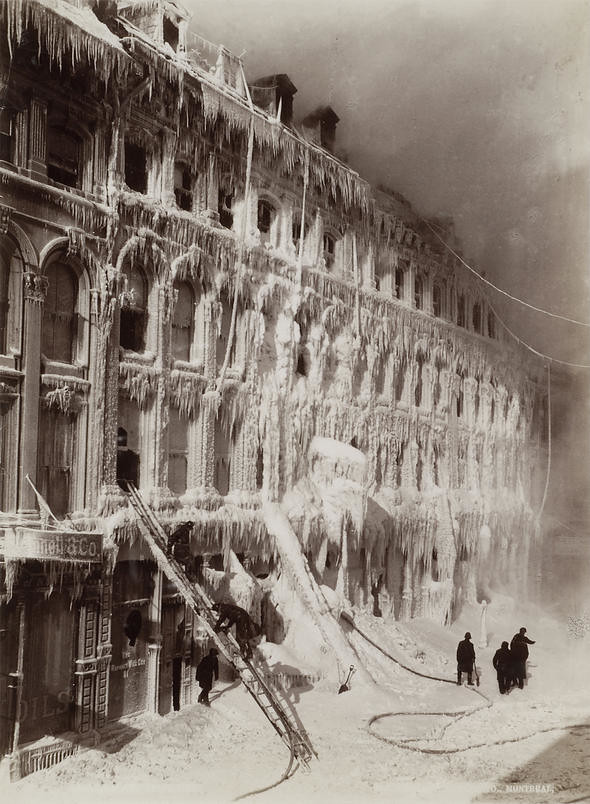
I’m trying to figure out why Geoff Manaugh’s announcement, on BLDGBLOG, that he would be blogging from the CCA this summer irritated me. I can’t wait to see what he turns up. The images he posted were fabulous (my favorite above). And the idea of bloggers in archives is terrific. Sign me up.
It was partly that the idea is not brand new. The Smithsonian has been digitizing their collections at the Archives of American Art, and the new book, Lists, edited by archivist Liza Kirwin, seems like a version of a visual blog (selections online). The SVA archives have a lovely blog, Container List, partly written by DCrit student Zachary Sachs. UnderConsideration LLC blogged wonderfully about the RIT Archives on Speak Up. Maybe graphic designers are better about sharing their fetish objects than architects.
It was also that some bloggers in the archives do a better job than others. I loved Nothing Is New, Folk Object, and the like at first, but after a while the lack of commentary (and minimum attribution) began to get to me. I want the blogger to build something out of the archive, add value to the image, rather than just say, Isn’t this old thing neat? Not that some mornings, a healthy dose of Swiss grids doesn’t make me happy.
But really, this was the crux of my irritation.
Call all of it part of “Bloggers in the Archive,” and suddenly collections all over the world are being appreciated and seen by more than the five professors who have been deemed qualified enough to explore a specific phase in architecture, design, or landscape history…
After all, are academic essays the only textual form appropriate for archival exploration, or does the relatively ad hoc, point-and-shoot blog post, motivated less by scholarly expertise than by curiosity and personal enthusiasm, also have something valuable to offer? Somewhere between front-line archival reportage, historical research, and what we might call popular outreach.
Reader, I am one of those five professors (except there are thousands of us). If I had a blog when I was writing my dissertation and visiting archives across the greater Midwest, I would have blogged about it, to be sure. Most of us aren’t trying to be obscure, and I would have thought Manaugh, of all people, would not kick academia when its younger members are so down. Even the New Yorker got into the act.
I don’t think it is the gatekeepers that are the problem, and I don’t think Manaugh should so casually dismiss the academic essay. Someone has to bother to step away from everything that is on screen and sit among the dusty and undigitized boxes. And sit. And sit. Archival research is a zen experience, but the idiosyncratic rules can be maddening. After you sift, you have to construct a narrative. And you want desperately for someone to read it when its done. The academic means of distribution are partly at fault—much of what I have written from the archives couldn’t be linked to if I tried.
So I am very interested to see what “front-line architectural reportage” entails, and I hope it passes the comma into “historical research.” Says the author of a “niche monograph.” No, I’m not bitter. I just hope for more than archival enthusiasm.
